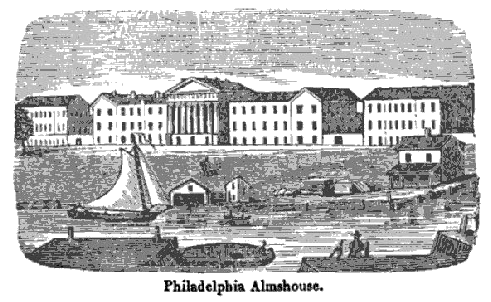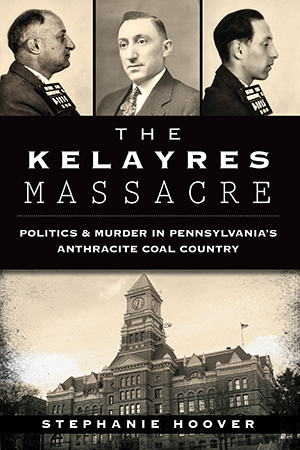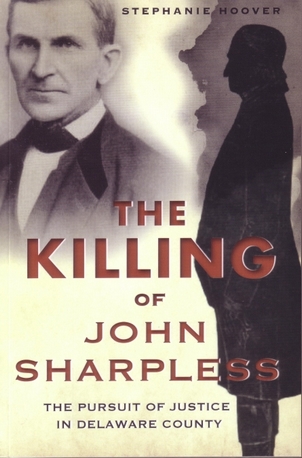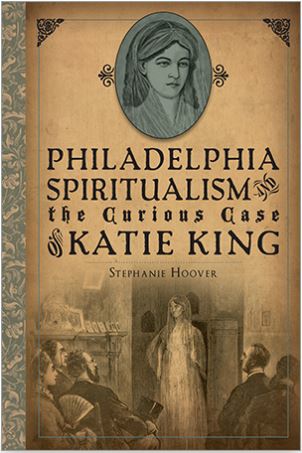Pennsylvania Poorhouses:
Their History and Records
© Stephanie Hoover - All Rights Reserved
Newly arriving colonists brought many English customs to Pennsylvania, one of those being the concept of "poor laws." The first of these was Britain's Elizabethan Poor Law of 1601, which provided relief for the poor via taxation. It differentiated between those who truly needed help and those who didn't, and made this relief the responsibility of the local government.

The Pennsylvania Poor Law, based upon this English law, was passed in 1705. It established overseers of the poor in each township. The overseers were to collect taxes to subsidize care of the poor, and also authorized them to outsource poor children as apprentices or indentured servants. Though this "outdoor" (non-institutional) relief was available, it was discouraged by the requirement that all who accepted it must wear a red or blue "P" for "pauper" on their sleeves.
In 1712 Philadelphia attempted to compel the poor to go to a workhouse but the facility soon degenerated to a criminal detention center. In 1731 Philadelphians re-examined their approach and built the first almshouse in the province. It would be more than 60 years before the next poorhouses were built in Lancaster and Chester Counties.
In the 1820s the increasing demand for relief created concern among directors of the poor. A persistent reluctance to help able-bodied poor was compounded by concern over the large number of immigrants who were overburdening the current system. In response Pennsylvania overhauled its poor laws in 1828 and called for greater use of "indoor" relief, or poorhouses. By the 1860s most of Pennsylvania's larger cities and nearly half of its counties had erected them. A sampling of homes and their years of introduction follows:
• York County's home, located a mile outside the borough, opened in 1806. A brick hospital was added in 1828.Over the decades new attitudes and programs forced an evolution in the way Pennsylvania cared for its poor. Recognizing the devastating effects of disease and the special care required by the sick and insane, a law of 1866 permitted counties to erect separate buildings for these inmates. In 1883 legislation mandated the removal of children from poorhouses. They were instead to be sent to foster families or facilities designed specifically for children. By the early 20th century the state and federal governments had begun assuming responsibilities formerly held by poorhouse directors and local governments. In 1915 the introduction of "workmen's compensation" helped keep many out of almshouses. In 1917 poor directors were able to contract out the care of the dumb and deaf. A decade later the same arrangements were made for the blind. In 1925 the state's Department of Welfare took control of the process of finding land and building facilities for the poor. By the 1960s most of the states' orphanages were closed and poorhouse had, for the most part, evolved into state-run hospitals or facilities for the elderly. Poorhouse records are included among the holdings of the Pennsylvania State Archives. (Our court records page includes "poorhouse," "almshouse" and "poor" registers so use your broswer's "find" function to locate all available records.) Individual historical and genealogical societies may also have these records. Though the residents of these institutions were recorded in the federal census, a thorough examination is required in many instances, as the enumerator could have recorded them out of visitation order. ~SH
• Pittsburgh's first poorhouse was built in 1818 in response to the large number of westbound immigrants who found themselves stranded. It could accommodate 30 persons.
• The Fayette County poorhouse was established in Union Township in 1822.
• In 1824 an act of assembly empowered Berks County to levy a tax for the purpose of building housing for the poor. Facilities at the home included a dairy, bakery, and butcher shop in addition to poultry yards, livestock and gardens.
• Erie County erected a home in 1833.
• Perry County "inherited" the Cumberland County poorhouse when it was created out of that parent county in 1820.


